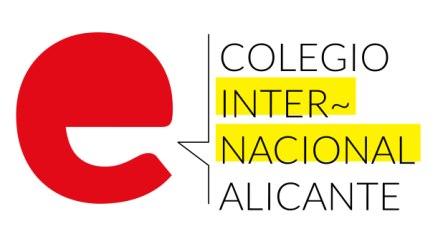Very near Alicante we have a unique village that joins in its
streets sea, culture, nature and an
alive history. We suggest you to visit the
Mediterranean village of El Campello.
The village of El Campello is
just 13 km north of Alicante, we can reach there
on practical trip by TRAM from Alicante city centre.
El Campello is closed to Villajoyosa another
village we have been spoken recently
about. Its intense activity during these summer
months deserves a separate entrance as our Spanish Language School, which on Summer time works full speed ahead and
receives students from all over the world for learning Spanish in Spain.
In our School you will find courses for any needs: for
beginners till advanced learners, Intensive Spanish Courses
of 15, 20 or 25 hours per week and personalized
tuition in private lessons.
The courses’ offer
expands with combined sport and dance classes
courses plus Spanish, Spanish for Businesses or
for students over 50 years. It is central for all our
courses the immersion in the cultural life of the
Region of Valencia and today’s
excursion is one of the fixed visits we offer to
our students: the village of El Campello.
During the summer El Campello takes advantage of the arrival of domestic and
foreign tourists to present the best of its
rich and varied heritage.
One of the reasons for its success, during the summer
the tourist offices do a stage play in Illeta and Villa Marco taking you
through the historical journey from the first century BC Iberian settlement to
the Roman era and the Middle Ages with its constant pirate attacks
 In the entrance to the Manor House called
Villa Marco it is performed a guided visit which
shows all the secrets of its gardens in an era of stately splendor. The large history of El Campello
allows all these little “games”. Apart from the possible tours its
worth stopping at the archaeological site of La Illeta.
In the entrance to the Manor House called
Villa Marco it is performed a guided visit which
shows all the secrets of its gardens in an era of stately splendor. The large history of El Campello
allows all these little “games”. Apart from the possible tours its
worth stopping at the archaeological site of La Illeta.
Our students enjoy it’s
23 km of coastline by the sea, also with cycling and hiking routes
along the promenade street La Mar with its colorful fishermen's
houses or along Muchavista Beach. But they also can discover
other hidden coves of El Campello such as Cova del Llop Marí which can
be reached by walking or ... diving or Cala Nostra and
wonderful beaches like Almadrava beach.
In addition to the
above, from mid-September everyone can enjoy CIRCARTE
Contemporary Circus Festival, which brings you the
opportunity to enjoy circus’ performances from companies
coming across the Region of Valencia and Spain.
Performances enliven the streets and squares of the village
with their spectacular shows.
We must also highlight its Moors and Christians’
festival held from October 11th to 15th.
If you cannot join this festival with us, you can enjoy its delight
in this video. It requests a special
mention the Moorish’s landing on the beach at dawn.
A very comprehensive offer, don´t you
think?

















